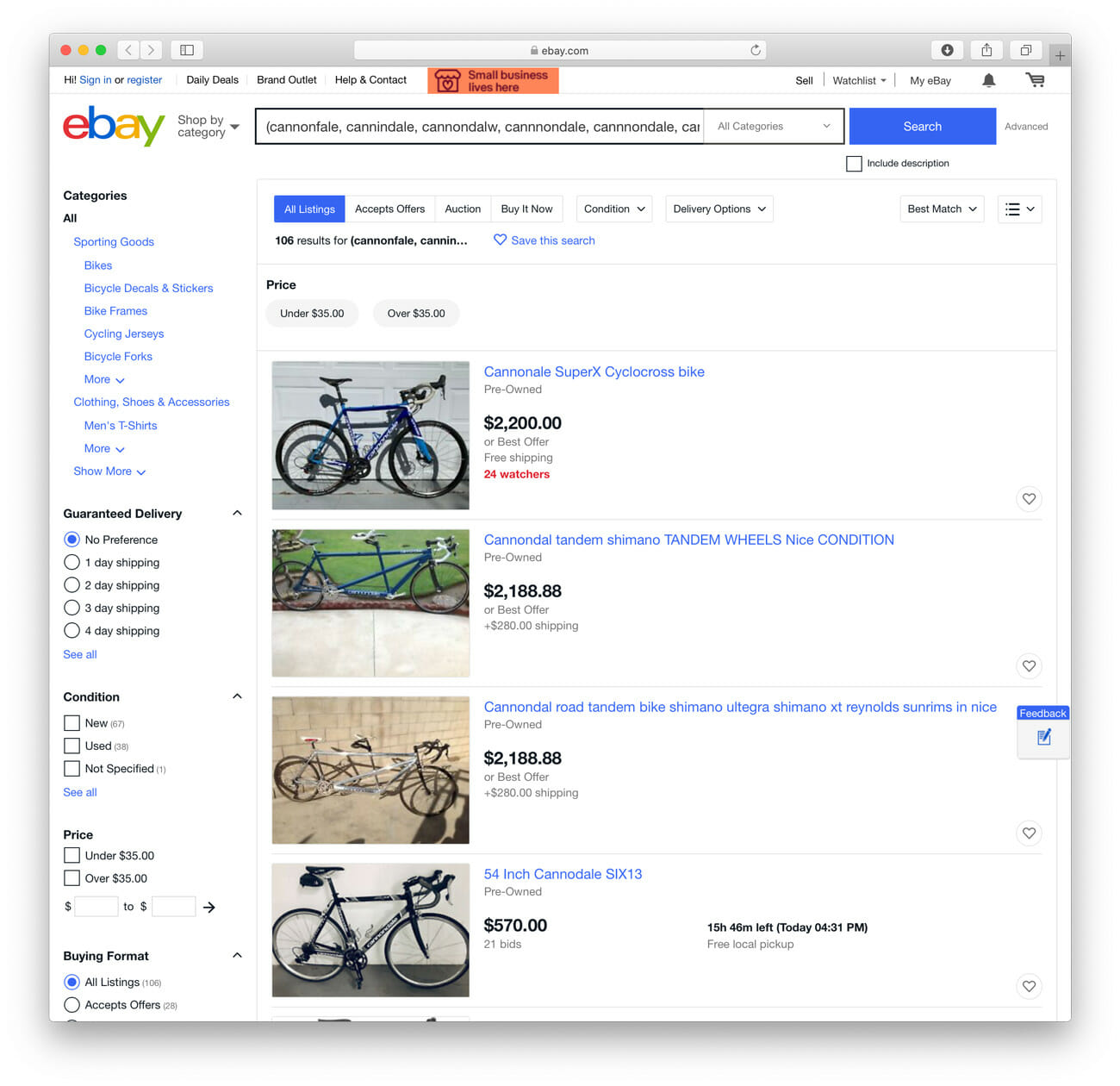Wait! You’re transitioning from winter and spring to summer and heat, and to shepherd the process along you’re packing away all of your cold-weather clothing into boxes and bins that will disappear to the unseen depths of a closet or attic (yeah, it’s June but let’s face it — you’re just getting around to this chore). Overcoats, scarves, mittens and beanies are going into hibernation until November but don’t you lay a finger on that insulated jacket.
Why, you ask, should one of your warmest layers be left in play for the year’s warmest months? First, let’s clarify the type of insulated jacket that I’m referring to here, as there are many variations and not all are summer-worthy. I’m talking about your lightweight, DWR-treated, nylon-shelled coat that’s stuffed with lofty plumes of either synthetic or down fluff. This excludes bulky parkas that are shelled with thick, waterproof fabrics. If you can’t crumple the coat up into a tiny form that can fit into the smallest cranny left in a backpack, it’s probably too big. Patagonia’s Nano Puff Jacket and Eddie Bauer’s Evertherm Jacket are both good examples.
Why, you ask, should one of your warmest layers be left in play for the year’s warmest months?
Now the why. A down or synthetic jacket is one of the most versatile layers to have in your outdoor kit. That statement has a stitch of hyperbole, but I believe it to be true. These types of jackets are windproof, water-resistant, super-light and adaptably-warm. What I mean by that last compound descriptor is that they’re comfortable in a range of temperatures (I wear mine from 60 degrees down to below zero, with some slight adjustments to mid layers). It’s this characteristic that makes them very suitable for summer use.
No, you won’t wear it every day as you might during the winter, but let’s imagine a few scenarios. You’re camping; no not even, you’re hanging out at a lake house. Evenings are cool and mornings are even cooler, but why be there at all if you aren’t going to sit outside and enjoy the view with a good book and a tasty beverage.
You join a dawn patrol crew for a surf/swim/paddle. You’re warm in the water with all that activity but even after the sun rises and you return to shore, the chill will set in, and you’ll want to get your body temperature back up to 98.6. And quicker, in this case, is better.
You slog your way up a mountain — it doesn’t have to be a tall mountain either, any exposed peak will do — and you arrive at the summit drenched in sweat. Even smaller peaks are prone to high winds, and that sweaty t-shirt you wore will quickly become a popsicle-like exoskeleton.
You book a trip to Mexico, planning on spending all of your time at the beach, but the nearby volcano is beckoning you to visit. Actually, this type of thing happens all the time during travel, and one of the greatest aspects of exploring a new place is giving yourself the flexibility to edit plans on the fly. If you want to be flexible, your clothing should be as well.
You visit the opposite hemisphere, and it’s suddenly winter again.
I could go on, but the point has likely been made. Beyond warmth, it’s the flexibility afforded by an insulated jacket’s super-lightweight construction that makes keeping one around during the summer acceptable and advisable. If you were to pack one in any of these scenarios and let it go unused, there’s no harm because you’ve only added 12 or so ounces to your backpack or suitcase. At the very least, you’ve brought yourself a very cushy pillow to sleep on for the trip back home.
Need a new insulated jacket for summer adventures? Check out our buying guide to the best synthetic options through the link below.



